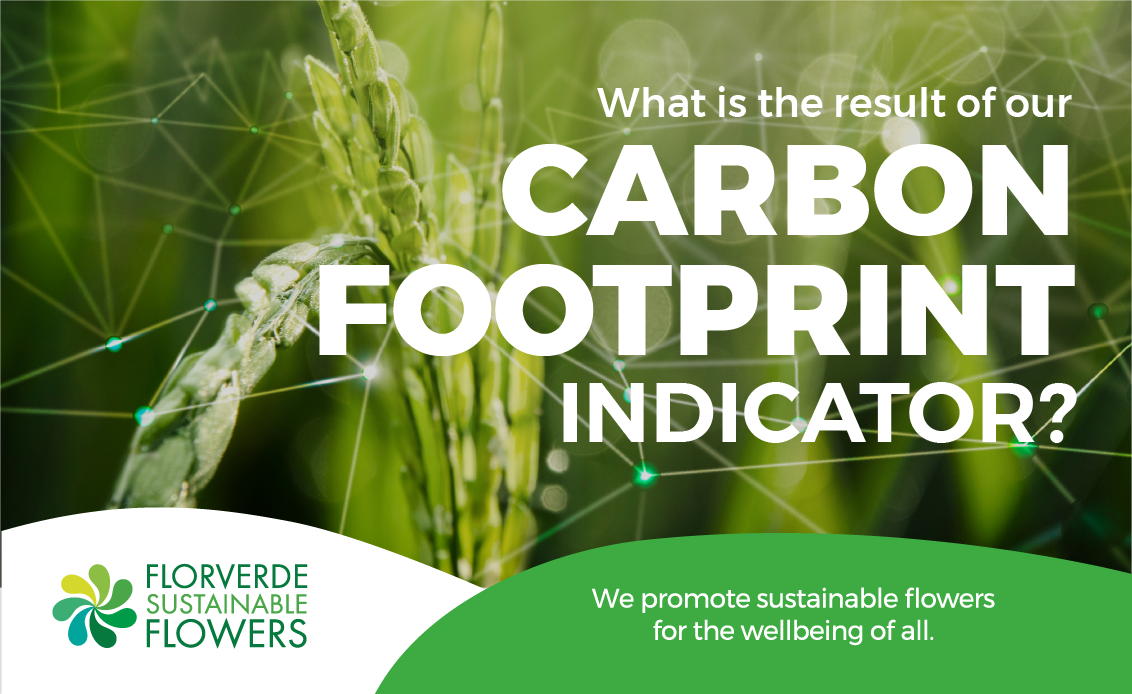Posted on noviembre 5, 2021 by Comunicaciones Florverde

The following is a result of a multi-year analysis that was prepared by Florverde’s Impact, Monitoring, and Evaluation System.
What is the objective of this indicator?
We seek to determine greenhouse gas emissions in the production of flowers and ornamentals, identify the direct and indirect sources of the production process that contribute to greenhouse gas emissions, and support decision-making to minimize or offset greenhouse gas emissions generated in the production process.
What is taken into account?
There are two types of emissions, direct and indirect emissions.
Direct emissions (under the company’s control):
Fertilizers
Combustible
Refrigerants
Indirect emissions (the company has no control):
Air Transport
Refrigerants
Electric power
Fuels
Results:
- The annual average per hectare (2020): is 105 TonCO2eq emitted
- 90% of emissions are indirect
- The result of CO2eq per ton of flower exported (2020) is: 0.30 Ton CO2eq / ton of flower
But is this right or wrong?
There is currently no one to compare with, but it shows us that we have to keep working. We must continue to guarantee data’s quality in the Impact Monitoring and Evaluation System, keep creating workgroups with companies to review the frequent errors already identified, and address them. Continuing to measure and report is important as it helps us to know our carbon footprint, and with these values of total emissions emitted, we can begin to define mitigation and compensation strategies in the sector.





